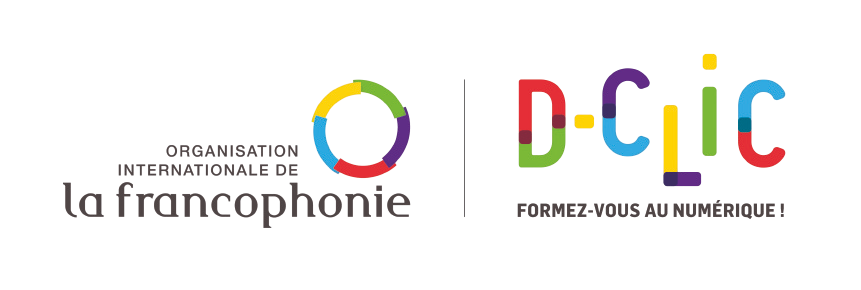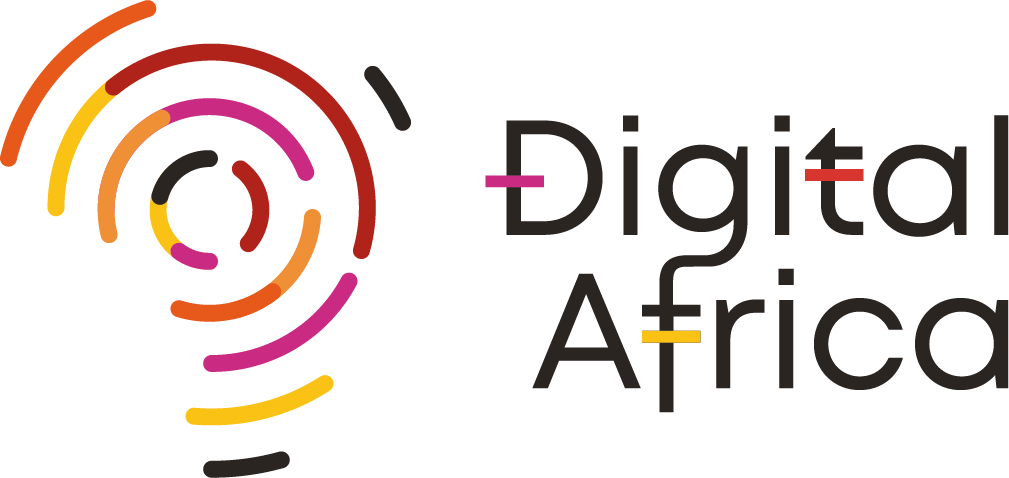1. Introduction: The Interplay of History, Chance, and Creativity
Understanding the intricate relationship between history, chance, and creativity is vital for grasping how innovation unfolds in contemporary society. History provides the contextual backdrop—shaped by past events, cultural shifts, and technological advances—while chance introduces elements of randomness that can spark breakthroughs. Creativity emerges as the response, transforming unpredictable factors into novel ideas and solutions. Recognizing how these forces intertwine helps us appreciate the patterns that influence modern innovation and luck.
Overview of Influence
Historical patterns—such as the evolution of risk-taking, technological milestones, and cultural attitudes—continually shape the environment where chance and creativity interact. This dynamic is evident in areas like scientific discoveries, artistic movements, and even modern gaming industries.
2. Historical Foundations of Chance and Creativity
Throughout human history, the perception of randomness and risk-taking has evolved from simple gambling practices to complex strategic decisions. Early societies relied on chance for decision-making, while technological milestones—like the invention of the printing press or the steam engine—catalyzed new forms of creative expression and problem-solving.
For instance, the Renaissance period saw a surge in artistic innovation driven by technological advances and the rediscovery of classical knowledge, often influenced by unpredictable discoveries and serendipitous insights. Case studies such as Alexander Fleming’s accidental discovery of penicillin exemplify how chance has historically led to significant breakthroughs.
3. The Role of Chance in Shaping Creative Breakthroughs
Random events have historically played a crucial role in scientific and artistic progress. The discovery of X-rays by Wilhelm Röntgen, which was unintentional, revolutionized medicine. Similarly, in the arts, unforeseen inspirations—like the Impressionist movement emerging from painters’ experiments with light and color—demo how embracing uncertainty fosters innovation.
Psychologically, accepting uncertainty encourages risk-taking and openness to new ideas. Researchers suggest that a mindset embracing ambiguity can lead to more creative problem-solving, as it allows individuals to consider unconventional solutions without fear of failure.
4. Modern Manifestations of Historical Influence on Chance
Today’s digital landscape embodies the legacy of historical gambling and risk-based models. The rise of digital gaming, particularly in the context of gamification, traces back to centuries-old gambling practices, evolving into complex systems that incorporate chance to engage users.
A notable example is the popularity of chance-based entertainment, such as Rainbow Riches Free Spins: an overview. These games mirror traditional economic models—like lotteries or slot machines—that originated from gambling activities, but they are now embedded in digital environments designed to maximize engagement and perceived luck.
From a psychological perspective, historical beliefs about luck—rooted in cultural practices and superstitions—continue to influence how players perceive and engage with chance-based games today.
5. Educational Insights: Learning from the Past to Enhance Creativity Today
Historical data reveals patterns and probabilities that can be leveraged to teach risk management and innovation. Recognizing how past societies understood and navigated chance helps educators develop strategies that foster creative thinking and resilience.
Using examples like the development of early financial markets or the evolution of technological risk-taking, learners can better understand the importance of pattern recognition and probabilistic thinking—skills crucial for navigating modern chance-driven environments.
Moreover, fostering historical literacy enhances our ability to critically analyze current innovations and avoid pitfalls rooted in cognitive biases, such as overconfidence or misjudged luck.
6. The Cognitive Dimensions of Chance and Creativity
Visual complexity and ornamentation have historically increased cognitive load, impacting decision-making. For example, the elaborate designs of medieval manuscripts or Baroque art demanded heightened mental effort, paralleling modern challenges with information overload.
This cognitive load can either hinder or enhance creative thinking, depending on how information is presented. Designing user experiences that balance aesthetic appeal with clarity—such as modern interfaces that incorporate visual cues—can optimize creative engagement and decision-making.
7. Case Study: Rainbow Riches Freespins as a Modern Example
The mechanics of Rainbow Riches Freespins exemplify how traditional notions of luck and chance are embedded in modern gaming. The game’s minimal stakes—often as low as £0.10—are reminiscent of historical betting practices, where small risks could lead to significant gains, echoing societal attitudes towards luck.
The emotional melting point at approximately 1064°C, the melting temperature of gold, metaphorically represents the peak excitement players experience. Gold’s historical significance as a symbol of wealth and value underscores how perceptions of worth influence risk-taking behaviors in both historical and modern contexts.
“Understanding the emotional and psychological dimensions of chance reveals how deeply our perceptions are rooted in historical experiences with wealth and risk.”
8. Non-Obvious Perspectives: The Hidden Layers of History in Modern Creativity
Historical metallurgy, particularly the melting point of gold, influences modern perceptions of value and the allure of chance. Gold’s high melting point symbolizes stability and endurance, affecting how societies perceive material worth and luck.
Societal attitudes towards luck are also conditioned by historical beliefs—superstitions, religious practices, and cultural narratives—that continue to shape creative industries. For example, the emphasis on auspicious symbols or rituals in gambling and gaming reflects these deep-seated traditions.
Furthermore, cognitive biases such as ornamentation increasing visual confusion can impact user engagement. Modern design increasingly considers these biases, aiming to create intuitive interfaces that facilitate creative exploration without overwhelming the user.
9. Future Outlook: Evolving Interactions of History, Chance, and Creativity
Emerging technologies—like artificial intelligence and blockchain—are rooted in historical innovations but offer new ways to interpret and harness chance. These tools could redefine how we perceive risk, value, and creative potential.
Potential shifts include greater transparency in chance-based systems and a deeper understanding of the psychological factors influencing luck and innovation. Recognizing these historical roots will be essential for fostering responsible and inclusive technological advancements.
10. Conclusion: Embracing the Past to Shape Creative and Chance-Driven Futures
The interconnectedness of history, chance, and creativity underscores the importance of historical awareness in modern innovation. By analyzing past patterns—such as risk perception, technological milestones, and cultural attitudes—we gain valuable insights into shaping future endeavors.
Practitioners, educators, and designers can harness these lessons to foster resilient, innovative, and ethically responsible creative environments. As history shows, embracing the unpredictable and learning from it is key to unlocking human potential in a rapidly changing world.
Leveraging insights from the past enables us to navigate the complex landscape of chance and creativity more effectively, ensuring a future where innovation is both inspired and responsible.








